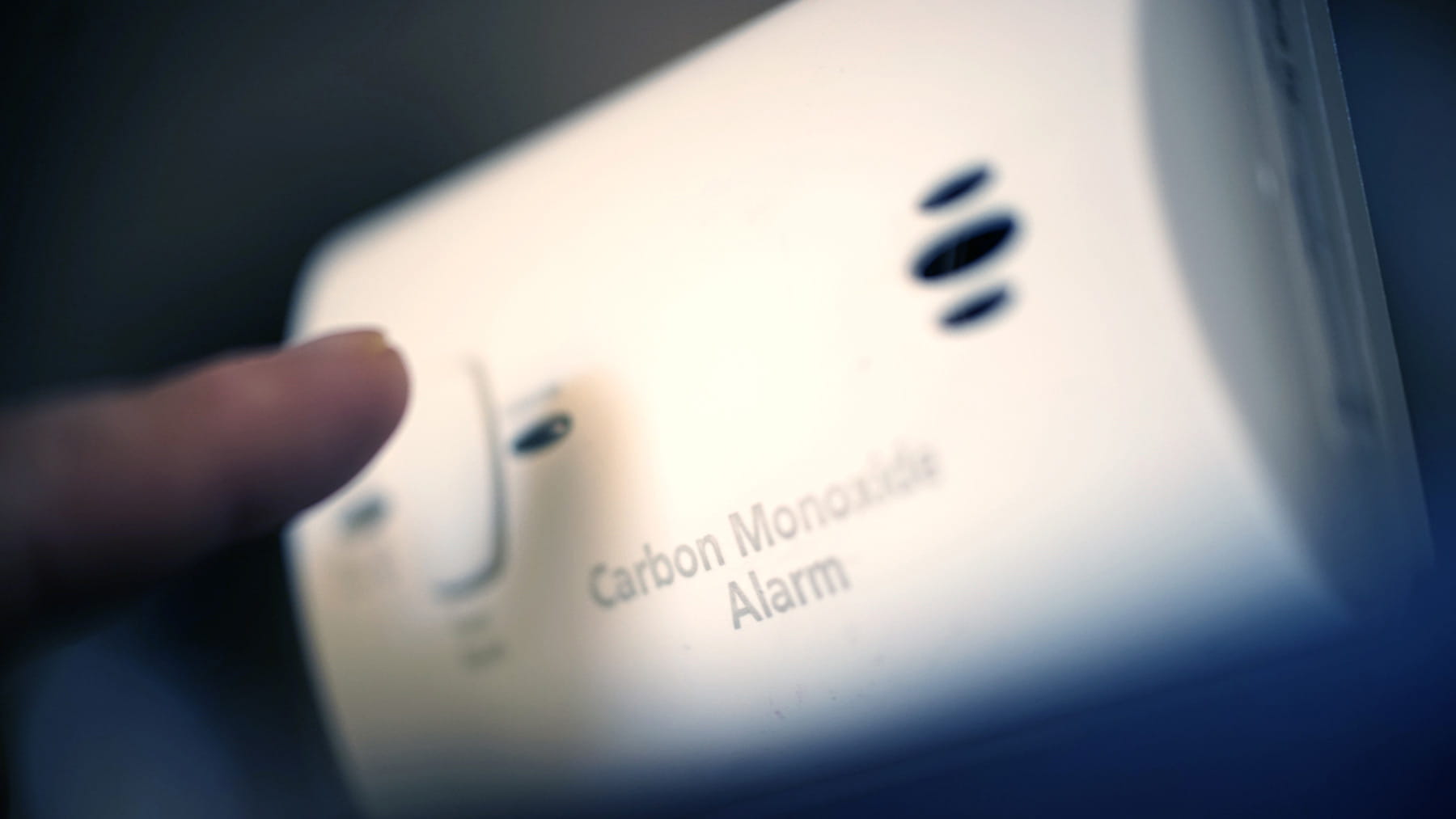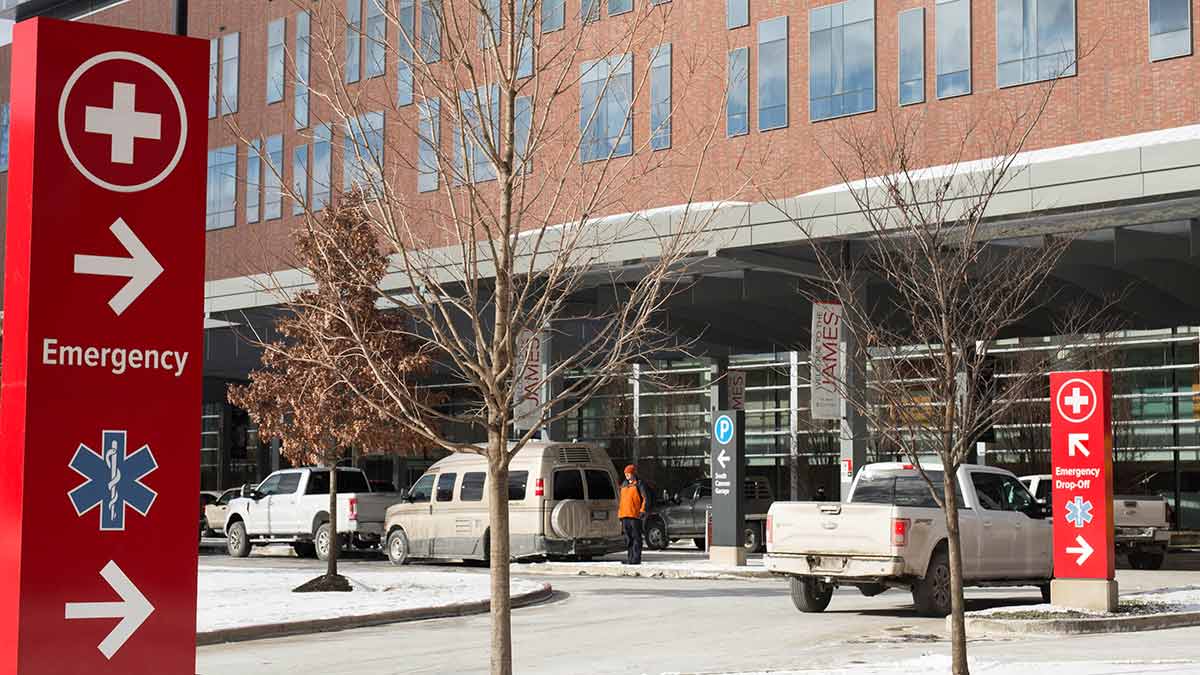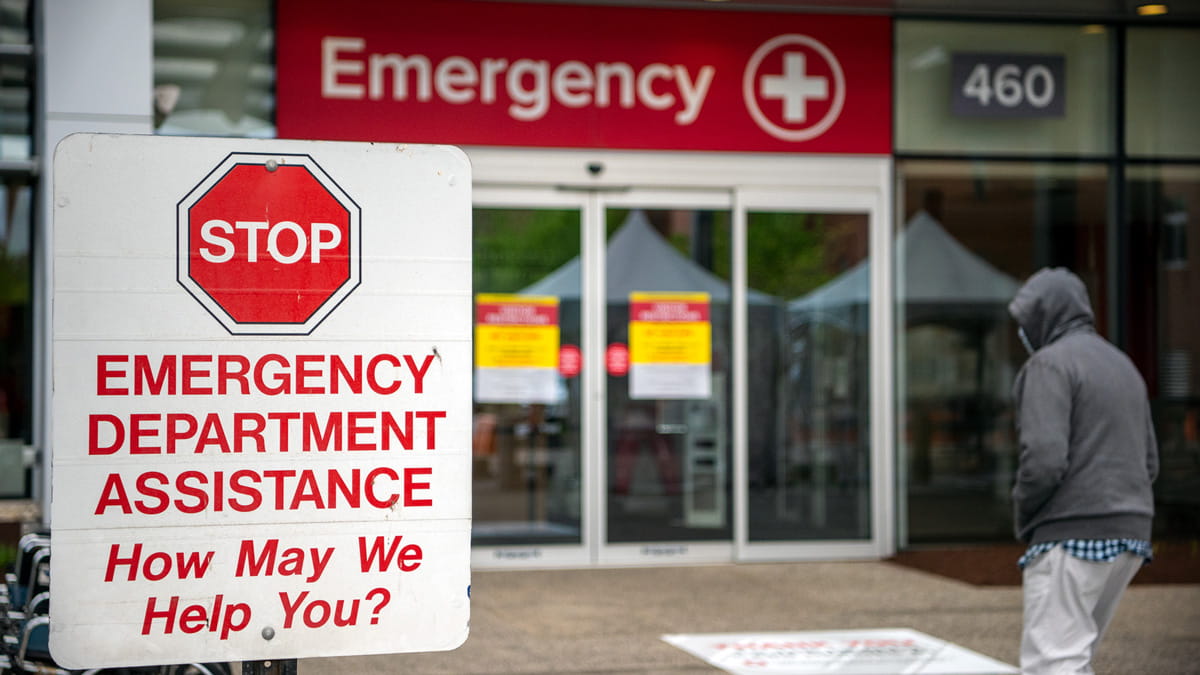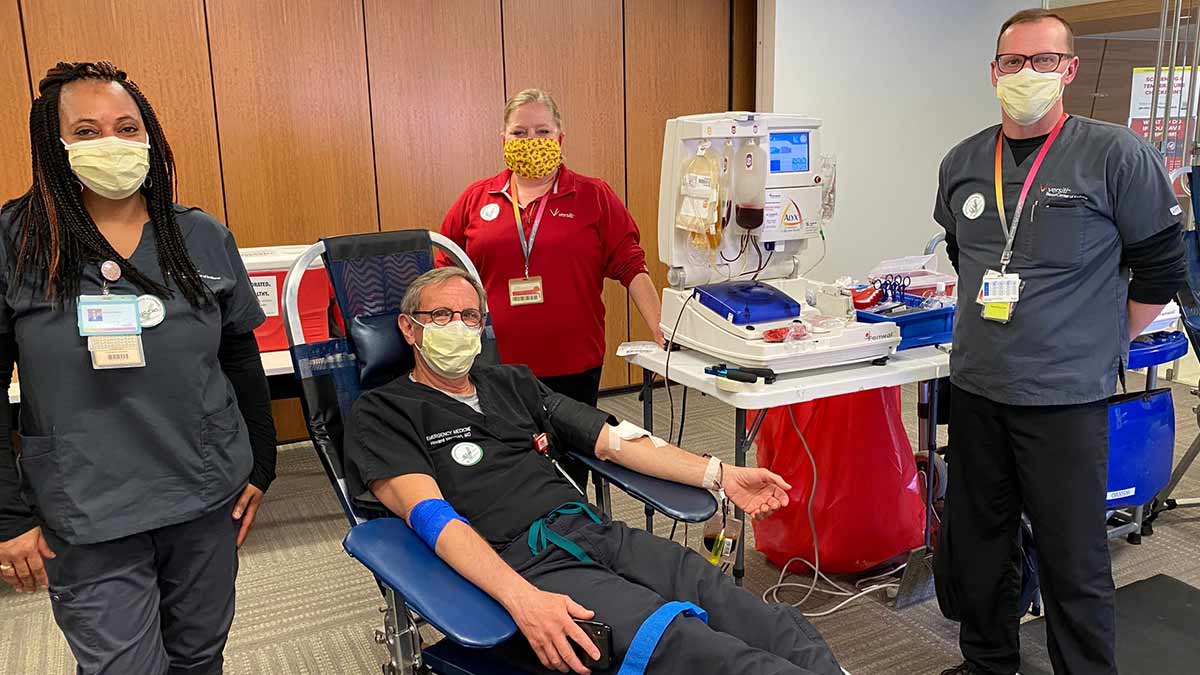When temperatures fall, carbon monoxide dangers rise
 You can’t see it, smell it or taste it. But carbon monoxide is a dangerous, deadly gas. When temperatures start to cool and furnaces, space heaters and fireplaces are put to use, that’s when we see more people come into our emergency department with carbon monoxide (or CO) poisoning.
You can’t see it, smell it or taste it. But carbon monoxide is a dangerous, deadly gas. When temperatures start to cool and furnaces, space heaters and fireplaces are put to use, that’s when we see more people come into our emergency department with carbon monoxide (or CO) poisoning.
Inhaling CO is toxic because the gas takes the place of oxygen in hemoglobin in our blood. Hemoglobin delivers oxygen in the body. CO also binds a lot stronger than oxygen, so it’s stubborn and you have to flood the system with oxygen to wash it out.
Symptoms
The symptoms during initial or mild exposure can seem like the flu, but the key difference is there is no fever or overall body aches. Additionally, unlike the flu, symptoms will improve if you get fresh air.
If you suspect CO poisoning or you have a detector that has sounded an alarm, get out. Go outside to fresh air and call 911. The fire department has hand-held monitors that can detect and measure the amount of CO present, and paramedics can begin medical care.
Treatment
If you simply remove yourself from the area and go outside, it would take about 300 minutes (five hours) to reduce your CO level by half, and longer to get it completely out of your system. If you use an oxygen mask from paramedics or the emergency department, it would take about 100 minutes (1.6 hours) to reduce it by half.
Here at Ohio State Wexner Medical Center, we have six hyperbaric oxygen chambers that provide high levels of oxygen at increased pressure. This pushes oxygen in and carbon monoxide out at a much faster rate. We use hyperbaric oxygen therapy to treat CO poisoning as well as other conditions including serious infections, burns, wound healing and decompression sickness.
The best way to avoid CO poisoning is to prevent it. Maintain gas furnaces and ventilation systems. Make sure you have good ventilation when using fireplaces or space heaters. Using gas-powered tools indoors or in a garage also requires proper ventilation. Never warm up a car in an attached garage – even with the door open, fumes can seep through the walls and ceiling into the home.




